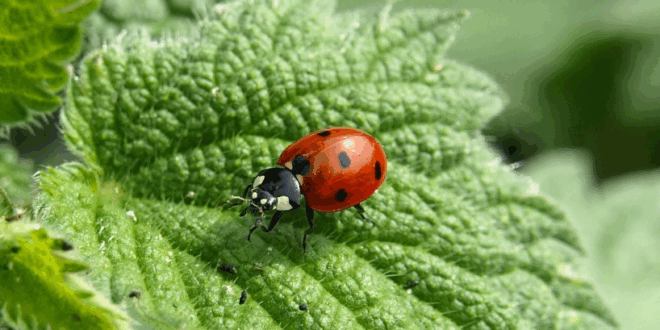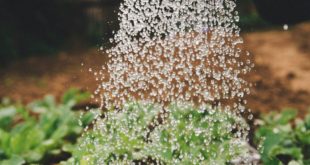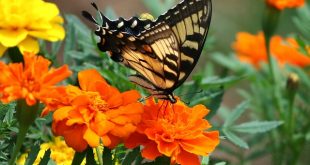If you’ve noticed a sudden surge in ladybirds (or ladybugs, depending on where you live) this summer, you’re not imagining it. These small, brightly colored beetles seem to be everywhere—on garden fences, window ledges, and swarming around outdoor spaces. But what’s behind this seasonal boom?
1. A Mild Winter and Warm Spring
Ladybirds overwinter in sheltered places such as leaf litter, tree bark, or even inside homes. A mild winter means more of them survive until spring. When spring then arrives early and warm, they wake up sooner and begin breeding earlier in the year. That gives them a head start, leading to larger populations by summer.
2. An Abundance of Aphids
Ladybirds’ favorite food is aphids—those tiny green pests that suck the sap out of plants. Aphid numbers often skyrocket during warm, dry weather. When there’s a buffet of aphids available, ladybirds can thrive, feeding easily and producing more offspring. More aphids = more ladybirds.
3. Multiple Breeding Cycles
Most ladybird species can have more than one generation in a single summer if conditions are right. With plenty of food and sunshine, the population can multiply quickly. What starts as a small number in May can explode into large, visible swarms by August.
4. The Role of Invasive Species
In some regions, the harlequin ladybird—a non-native species—has spread rapidly. It tends to outcompete native ladybirds for food and habitat, partly explaining the “boom” years. These ladybirds are especially noticeable because they often gather in large groups and vary in color, from orange with black spots to almost solid black.
5. Nature Balancing Itself
While a ladybird invasion might feel overwhelming, it’s actually good news for gardeners and farmers. Their appetite for aphids makes them a natural pest controller, reducing the need for pesticides. Big ladybird years often reflect natural cycles where prey (aphids) and predator (ladybirds) rise and fall together.
Should We Be Concerned?
Generally, no. Ladybirds are harmless to humans and pets, and they’re beneficial for plants. The only slight nuisance comes later in the year, when some species seek shelter indoors for winter, clustering on window frames and walls.
So, if your garden feels full of tiny spotted beetles this summer, consider it a sign that nature is flourishing. It’s a reminder of how weather, climate, and ecological balance shape the rhythms of wildlife around us.
 Gardeners Club The Gardeners Club is a free to join online club for everyone with an interest in gardening and gardens.
Gardeners Club The Gardeners Club is a free to join online club for everyone with an interest in gardening and gardens.






